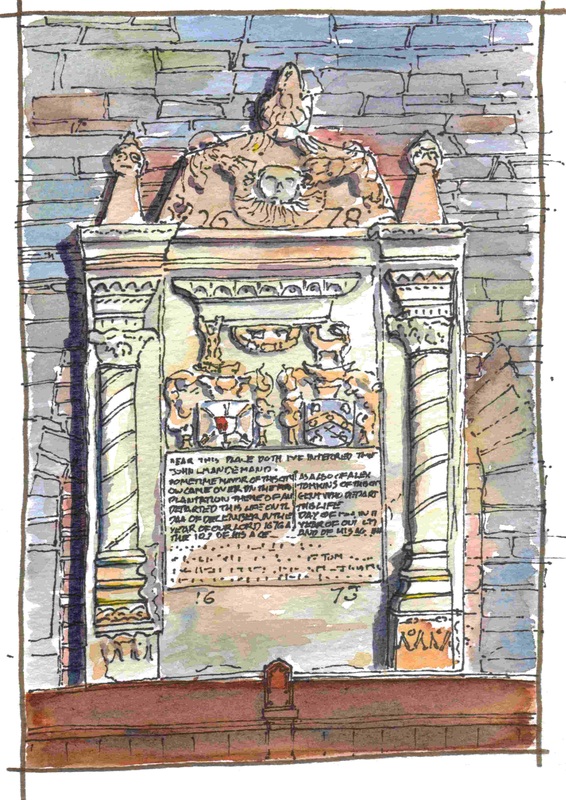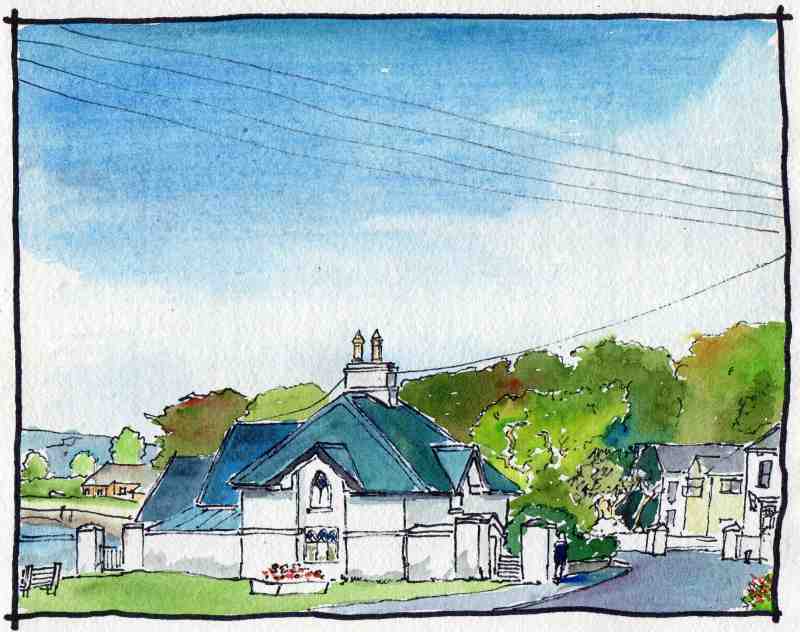Marks of TimeHistoric buildings and places are marks of time. They illustrate history. They remind us of their creators and bear the marks of succeeding generations. Filled with atmosphere, such places can be wonderful to visit.
Carefully managed, they also have the potential to enhance our environment, creating great places for our communities, encouraging tourism, investment, and helping our wellbeing. Achieving this potential requires such places to be understood and valued. This site aims to contribute to that work. Why Watercolours?Watercolours help us to look twice at our surroundings. They tend to bring out character and help us understand the value of places.
The Author.
Manus Deery is an architect living in Derry~Londonderry. He is currently an Assistant Director in the Historic Environment Division of the Department for Communities in Northern Ireland.
The site contains his views alone and should not be taken to represent the views of any other organisation or individual. The debt of many authors whose books are listed in the further reading section is acknowledged. Thank You.
The support of the following organisations who sponsored the 2013/14 exhibition on Derry~Londonderry and the 2017 exhibition on Strabane, or who provided space to hang it, is acknowledged: Derry City and Strabane District Council Museum and Heritage Service; The Inner City Trust; The Honourable the Irish Society; The Playhouse; The Millennium Forum; The Irish Architectural Archive; The Alley Theatre.
The support of the Guildhall Press to publish the associated book is also acknowledged, as well as its proofing by Pat Deery, Paul Hippsley and Peter McCartney. |
|
Elvin Memorial, St Columb's Cathedral, Derry~Londonderry, 1673.
Gate Lodge, Courtmacsherry, Co Cork, early 19th century.
|



